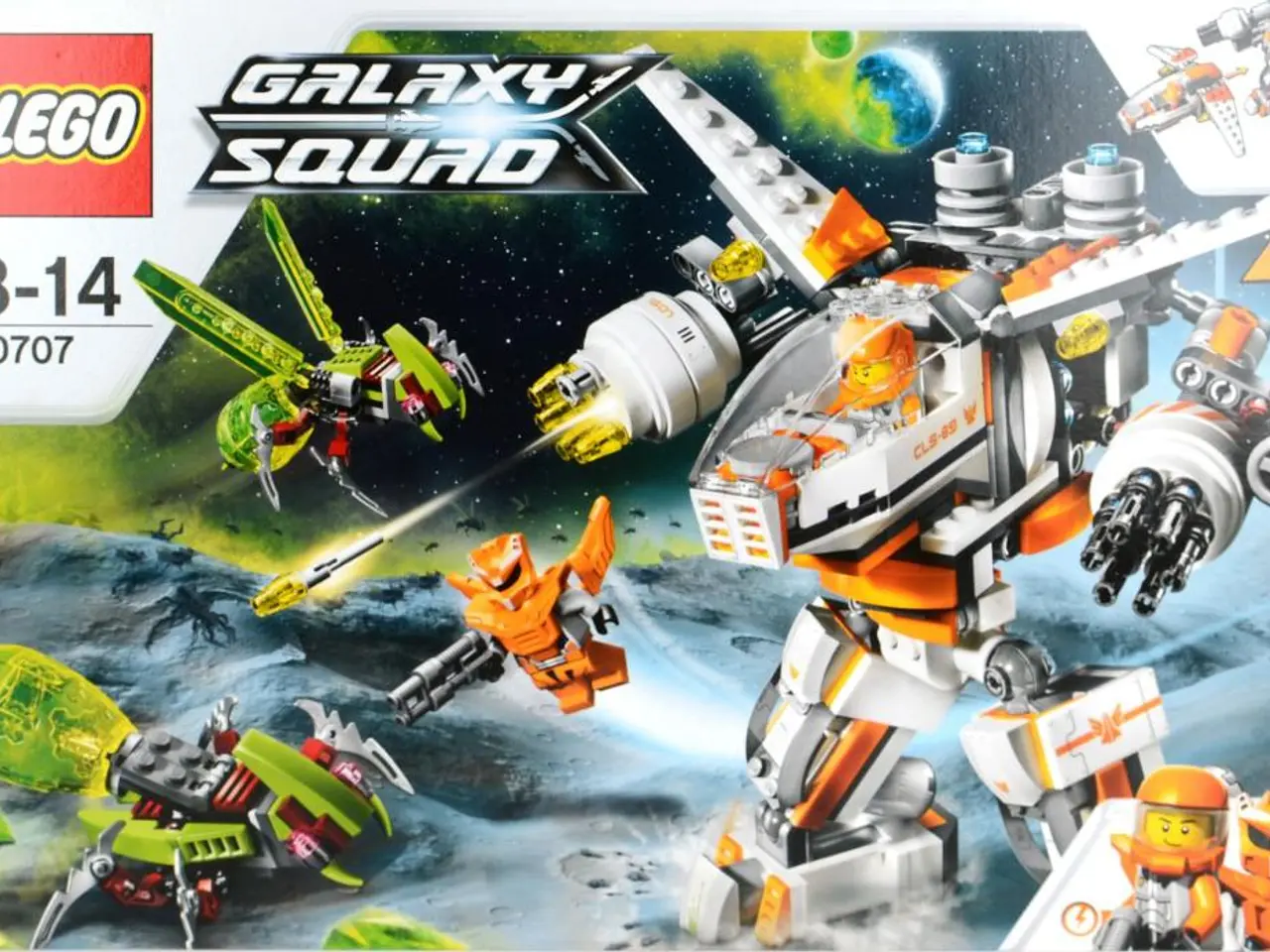Hackathon of potential peril: Europe's most hazardous robot challenge
In the realm of emergency response and nuclear decommissioning, robotic systems are making significant strides, particularly in real-time and under stress conditions. This was evident at the European Robotics Hackathon (EnRicH) held at the Zwentendorf nuclear power plant, a decommissioned site used as a testbed.
The advancements in these robotic platforms are marked by enhanced precision, mobility, and operational robustness. For instance, robots like Korea's ARMstrong Dex demonstrate high-precision manipulation, capable of performing complex tasks such as accurately throwing objects to deliver aid remotely.
Robotic systems are also designed to handle debris, unstable terrain, and interference from radiation. They are often equipped with caterpillar tracks or other robust mobility hardware to ensure stable navigation and operational continuity.
Virtual and augmented reality (AR/VR) technologies are another integral part of these developments. They enhance real-time operation and remote control, improving situational awareness and reducing human risk by simulating and guiding actions in contaminated or dangerous areas.
Industrial and mechanical engineering sectors connected to nuclear decommissioning are integrating robotic solutions for complex production and maintenance tasks. This not only reduces injury risks at high-hazard sites but also improves operational quality and safety.
In emergency situations, robotic platforms support rapid responses by acting immediately where human responders might be slowed by safety protocols. This capacity gives first responders significant operational advantages during nuclear incidents or decommissioning procedures requiring urgent action.
The EnRicH competition served as a showcase for these cutting-edge collaborative developments in real-time robotic responses under stress. Over 120 robotics experts from Europe and Canada participated in the event to test their autonomous systems under extremely realistic conditions.
The competition, unique in Europe as it involves testing with real radiation, aimed to support the decommissioning and shutdown of old facilities or the dismantling of interim storage facilities, which require robotic support.
However, challenges were also present. The transition from Robot Operating System ROS 1 to ROS 2 presented a significant hurdle, requiring many software modules to be redeveloped or adapted. Establishing a stable network connection was also harder than expected for some teams.
Despite these challenges, the competition was a resounding success. Teams impressed with new ideas in 3D mapping over multiple floors, and the innovative solutions were praised by Dr. Schneider despite the additional hurdle of the ROS 2 transition.
Looking ahead, the EnRicH-Hackathon is planned for 2027 with further developments. The next edition of EnRicH will test teams' improvisation skills and ability to handle the unexpected, further pushing the boundaries of what robotic systems can achieve in emergency response and nuclear decommissioning.
- In the realm of cybersecurity, advancements in robotic platforms and artificial intelligence could potentially protect sensitive data and cloud computing systems against unauthorized access, ensuring operational continuity and safety in emergency situations and nuclear decommissioning.
- The medical-conditions monitoring aspect of robotic systems could benefit significantly from advancements in AI and data-and-cloud-computing, allowing for real-time analysis of radiation levels and health statistics for workers in stressful and contaminated environments during decommissioning or emergency response.
- The scientific community, particularly the field of technology, could collaborate to develop educational programs and curricula on technically-oriented subjects such as robotics, artificial intelligence, cybersecurity, and data-and-cloud-computing for the next generation, ensuring a steady supply of experts to tackle complex challenges in nuclear decommissioning and emergency response.




